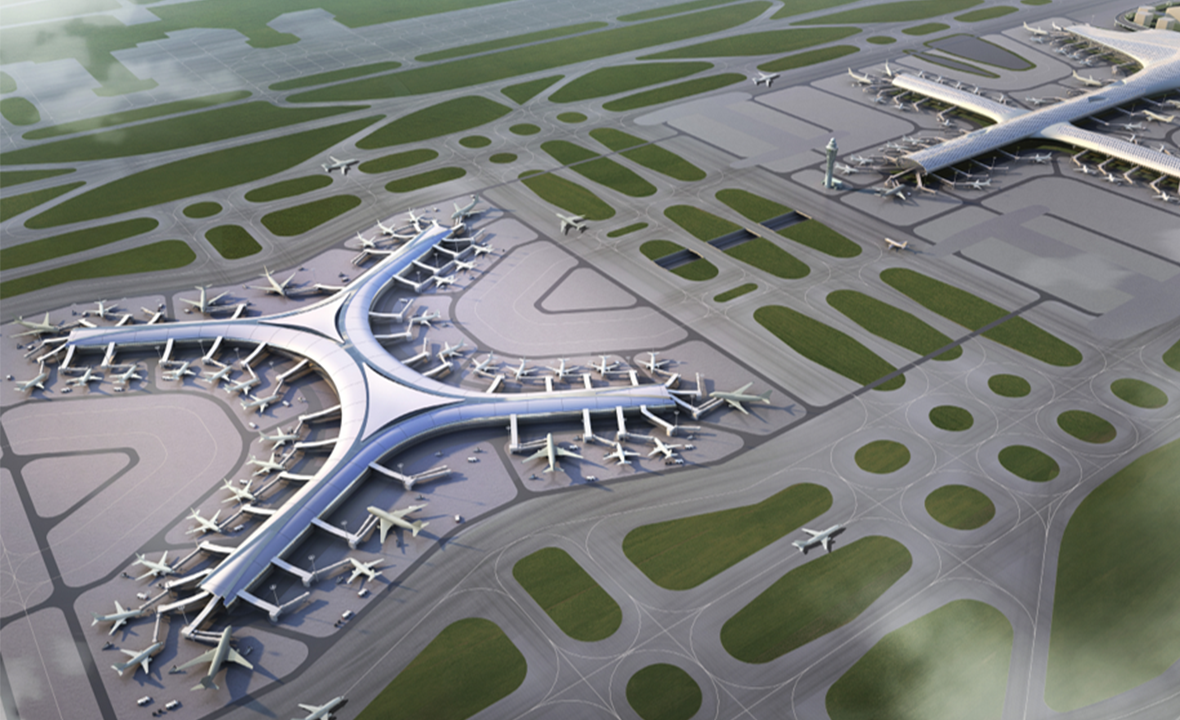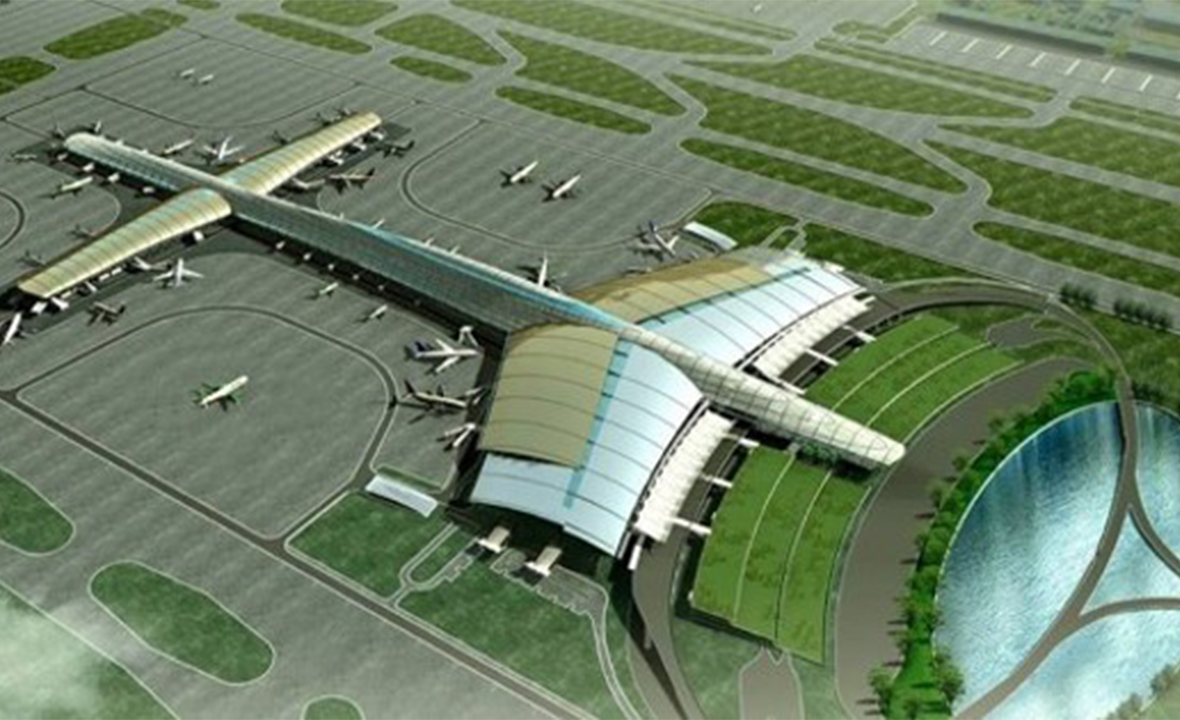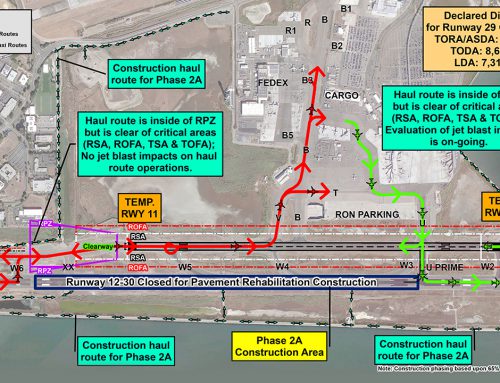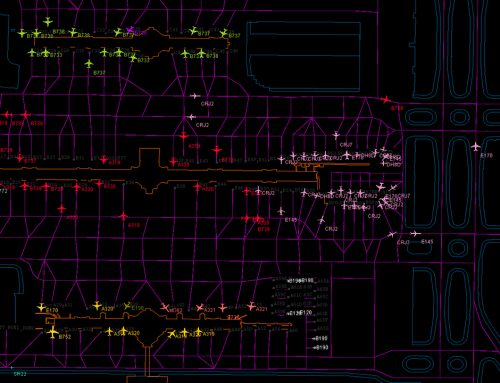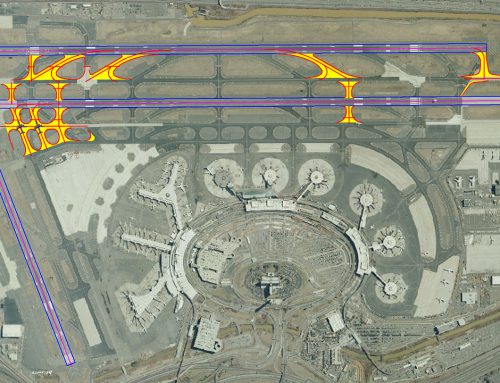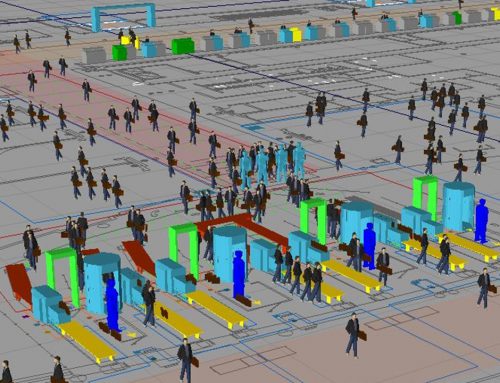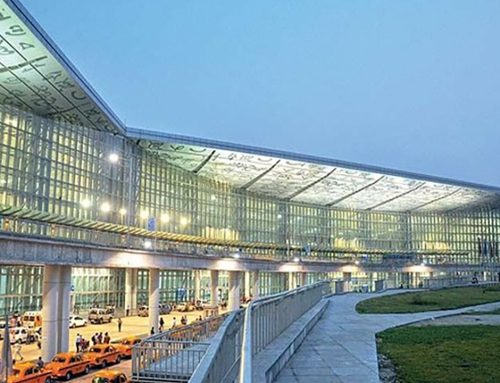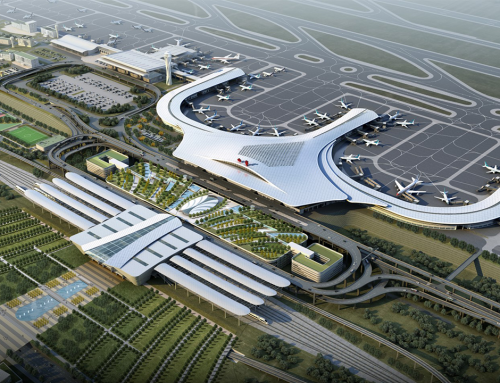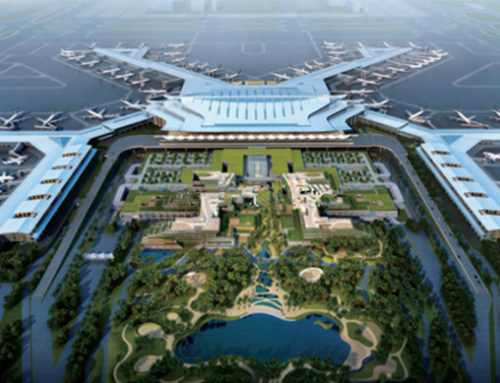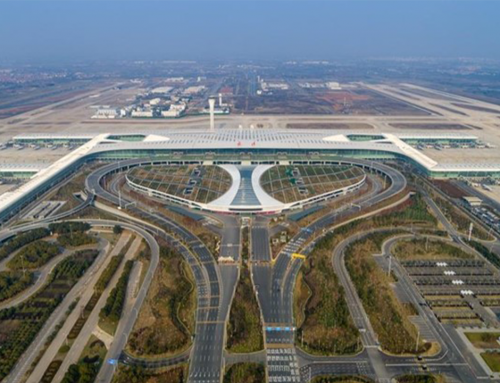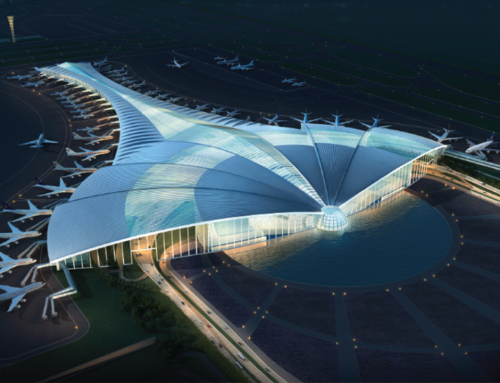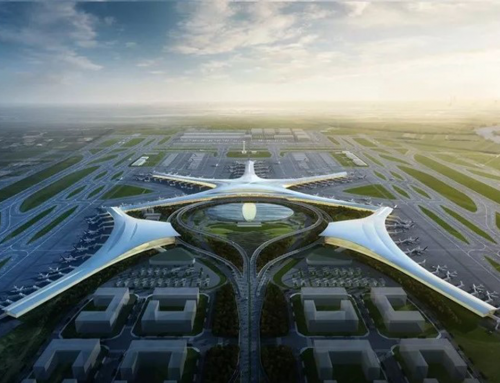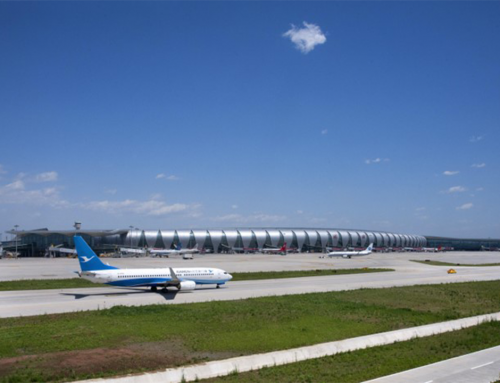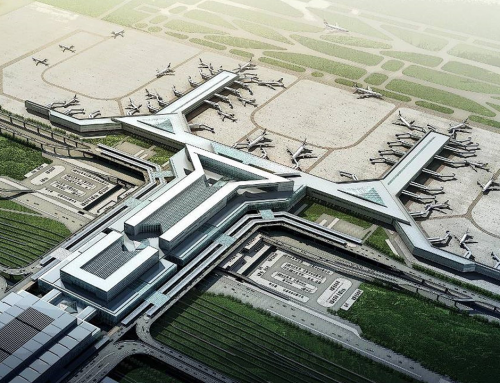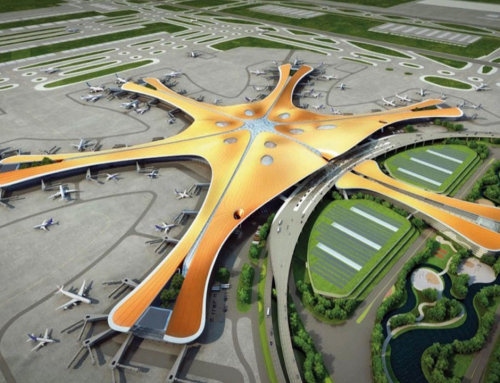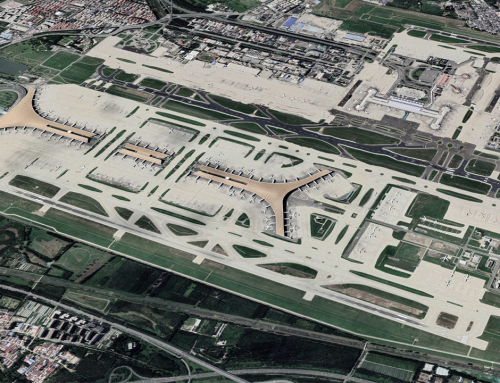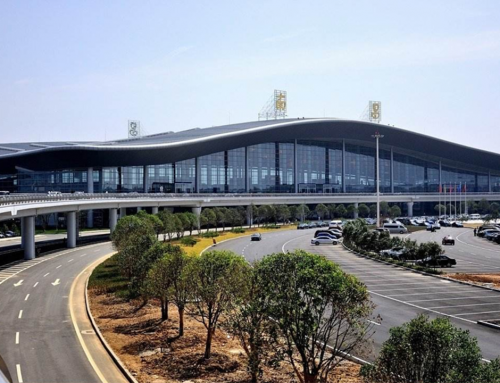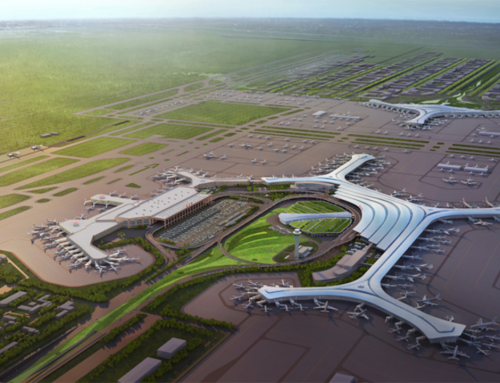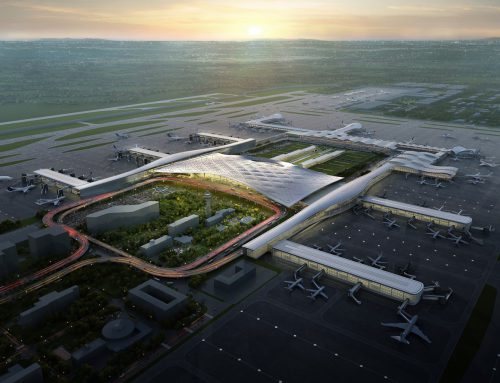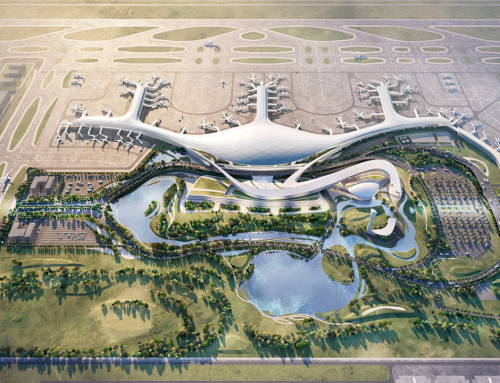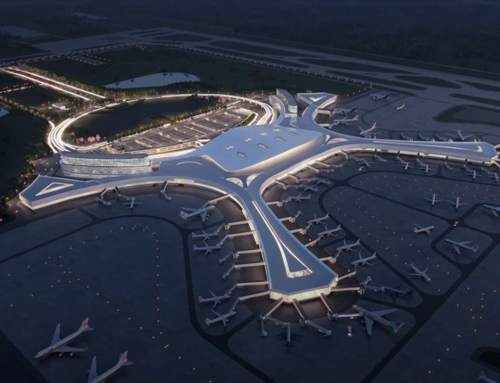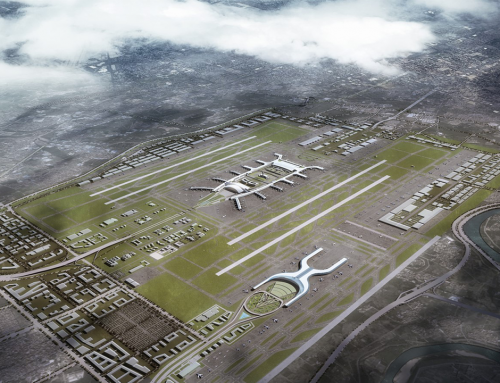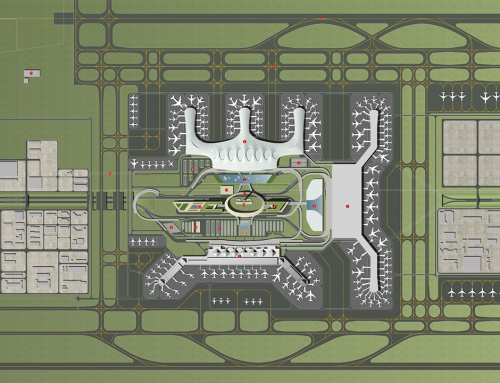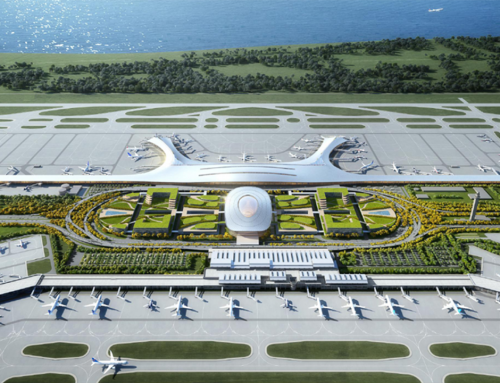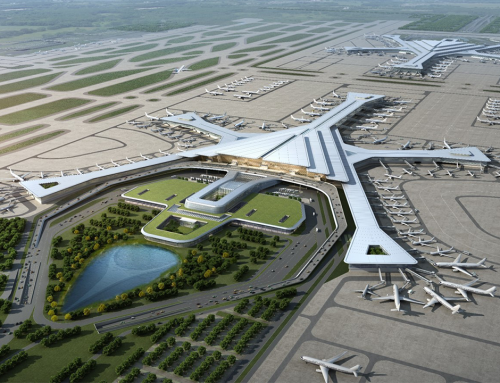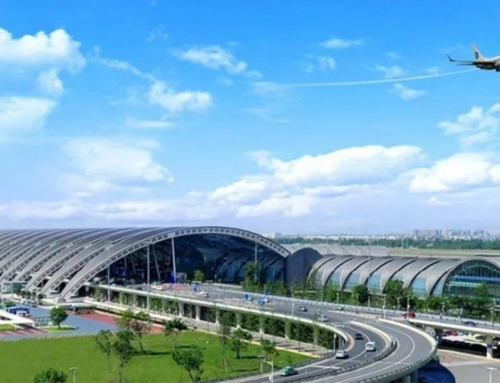Project Description
Shenzhen Bao’an International Airport
Client: Shenzhen Bao’an International Airport
Landrum & Brown/Yang Molen Design team was awarded first place in the Shenzhen Bao’an International Airport (SZX) Terminal and Master Plan Design Competition in 2005. The primary objective of this competition was to develop a new terminal and airfield concept that would unveil the full potential of the airport to achieve its role to efficiently serve both passengers and cargo while maximizing the economic contribution of the airport to Shenzhen as well as the Pearl River Delta region.
As part of the advance planning process for the Shenzhen Airport Group, LBWS has been invited to perform an Airside Simulation and Planning Study to help refine the layout of the airport’s expanded runway and taxiway geometry. This study focuses on the airfield operating environment of SZX, which consists of the terminal layout, aircraft parking positions, apron area, taxiways, runways, and all other aircraft movement areas of the airport. In order to support decisions about the SZX Master Plan, simulation results will address issues such as operations and passenger capacity of the proposed SZX airport system, and operational impact or benefit of various airfield configurations.
In 2016, the L&B team with Guangdong Provincial Design Institute won the tender for Shenzhen Airport Satellite terminal design project. This proposed winning scheme uses 15% less area land than the original master plan, and the MRT and baggage systems fully consider the efficient and flexible connection between the current T3 terminal and the future T4 terminal which can serve 22 million people, reflecting the three highlights of “efficiency and flexibility, humanistic care, and excellent success”. Injecting new vitality into the airport development.
Other related studies include:
- Airside demand/capacity/safety analysis
- Airside/airspace simulation
- Third Runway Noise Analysis
- Satellite Terminal Preliminary Design
- T4 Terminal Area Configuration Planning
